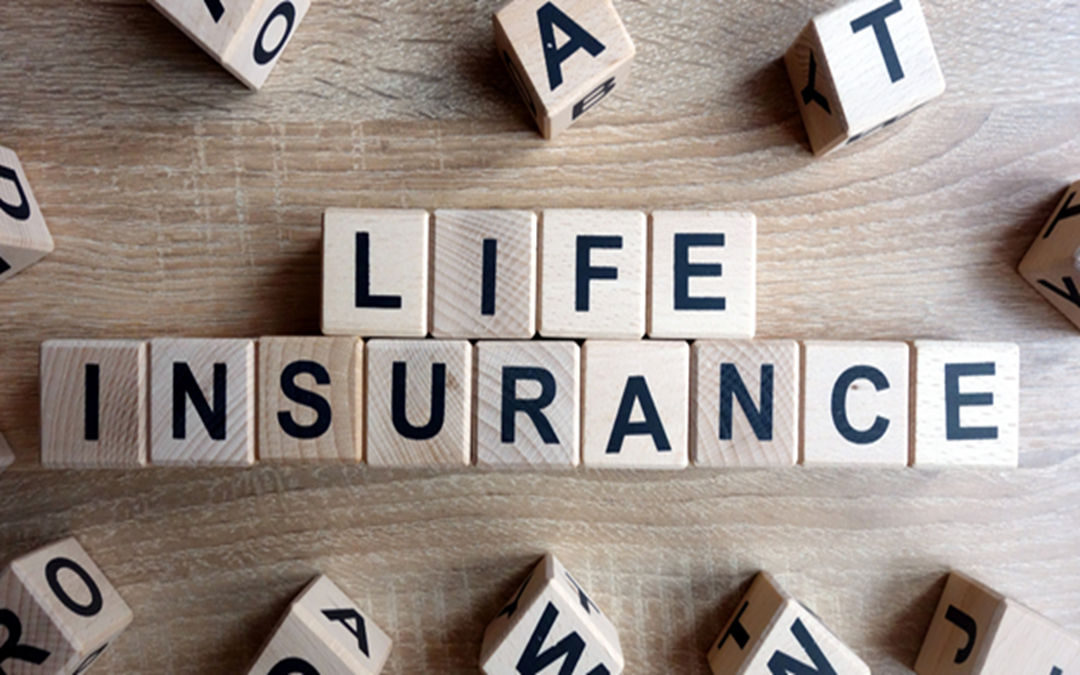The Facts About Pacific Prime Uncovered
Table of ContentsThe Greatest Guide To Pacific PrimeGet This Report about Pacific Prime10 Simple Techniques For Pacific PrimeThe smart Trick of Pacific Prime That Nobody is Talking AboutNot known Details About Pacific Prime

This is since the information were gathered for a duration of strong economic efficiency. Of the approximated 42 million people who were without insurance, all but about 420,000 (concerning 1 percent) were under 65 years of age, the age at which most Americans end up being qualified for Medicare; 32 million were adults in between ages 18 and 65, around 19 percent of all adults in this age group; and 10 million were kids under 18 years old, regarding 13.9 percent of all kids (Mills, 2000).
These price quotes of the variety of persons without insurance are created from the annual March Supplement to the Current Populace Study (CPS), conducted by the Census Bureau. Unless otherwise kept in mind, nationwide price quotes of people without medical insurance and percentages of the populace with various kinds of coverage are based upon the CPS, one of the most widely used source of price quotes of insurance policy protection and uninsurance prices.
Examine This Report on Pacific Prime

Still, the CPS is especially valuable due to the fact that it creates annual price quotes reasonably swiftly, reporting the previous year's insurance coverage approximates each September, and because it is the basis for a consistent set of price quotes for greater than 20 years, permitting evaluation of patterns in protection over time. For these factors, in addition to the substantial use of the CPS in various other research studies of insurance coverage that exist in this report, we count on CPS quotes, with restrictions kept in mind.

The quote of the variety of uninsured individuals expands when a populace's insurance coverage standing is tracked for a number of years. Over a three-year duration beginning early in 1993, 72 million individuals, 29 percent of the united state populace, were without insurance coverage for at the very least one month. Within a solitary year (1994 ), 53 million people experienced a minimum of a month without insurance coverage (Bennefield, 1998a)
Six out of every 10 without insurance adults are themselves employed. Although functioning does improve the chance that one and one's household participants will have insurance, it is not a warranty. Also members of family members with 2 full time breadwinner have nearly a one-in-ten opportunity of being uninsured (9.1 percent uninsured price) (Hoffman and Pohl, 2000).
The Basic Principles Of Pacific Prime
New immigrants represent a substantial proportion of people without wellness insurance coverage. One analysis has a fantastic read actually connected a significant portion of the current growth in the size of the U.S. uninsured population to immigrants that got here in the nation in between 1994 and 1998 (Camarota and Edwards, 2000). Current immigrants (those who involved the United States within the past four years) do have a high rate of being without insurance (46 percent), yet they and their children represent just 6 percent of those without insurance coverage across the country (Holahan et al., 2001).
The relationship between medical insurance and access to care is well established, as documented later in this chapter. Although the relationship between medical insurance and wellness end results is neither straight nor easy, a comprehensive professional and wellness solutions research study literary works web links medical insurance coverage to enhanced accessibility to care, much better top quality, and enhanced personal and population health status.
Degrees of analysis for examining the results of uninsurance. It focuses especially on those without any health and wellness insurance for any type of length of time.
The 9-Minute Rule for Pacific Prime
The problems encountered by the underinsured are in some aspects similar to those dealt with by the uninsured, although they are generally much less serious. Wellness insurance, nonetheless, is neither needed neither enough to get accessibility to medical solutions. The independent and direct effect of health and wellness insurance coverage on accessibility to wellness services is well developed.
Others will obtain the wellness care they require even without medical insurance, by spending for it out of pocket or seeking it from service providers that provide treatment complimentary or at extremely subsidized prices. For still others, medical insurance alone does not guarantee invoice of treatment since of various other nonfinancial barriers, such as an absence of wellness care suppliers in their community, restricted accessibility to transportation, illiteracy, or linguistic and social differences.
Pacific Prime Things To Know Before You Buy
Formal study concerning without insurance populaces in the United States dates to the late 1920s and very early 1930s when the Committee on the Cost of Medical Care created a series of reports regarding financing medical professional workplace gos to and hospital stays. This concern came to be significant as the varieties of clinically indigent climbed up throughout the Great Clinical depression.